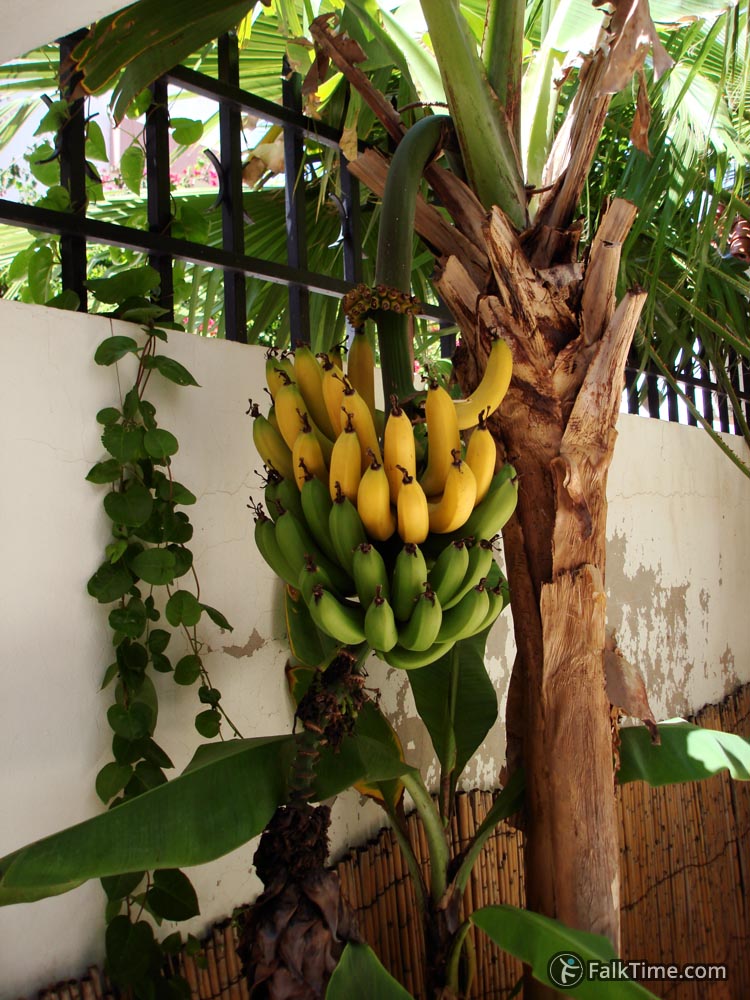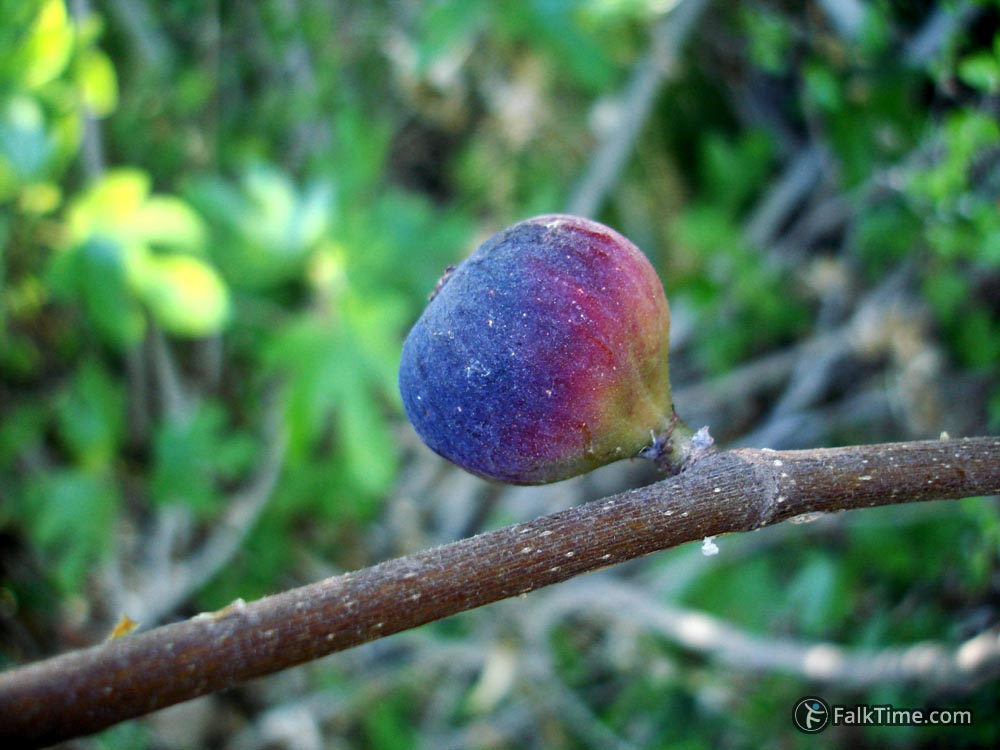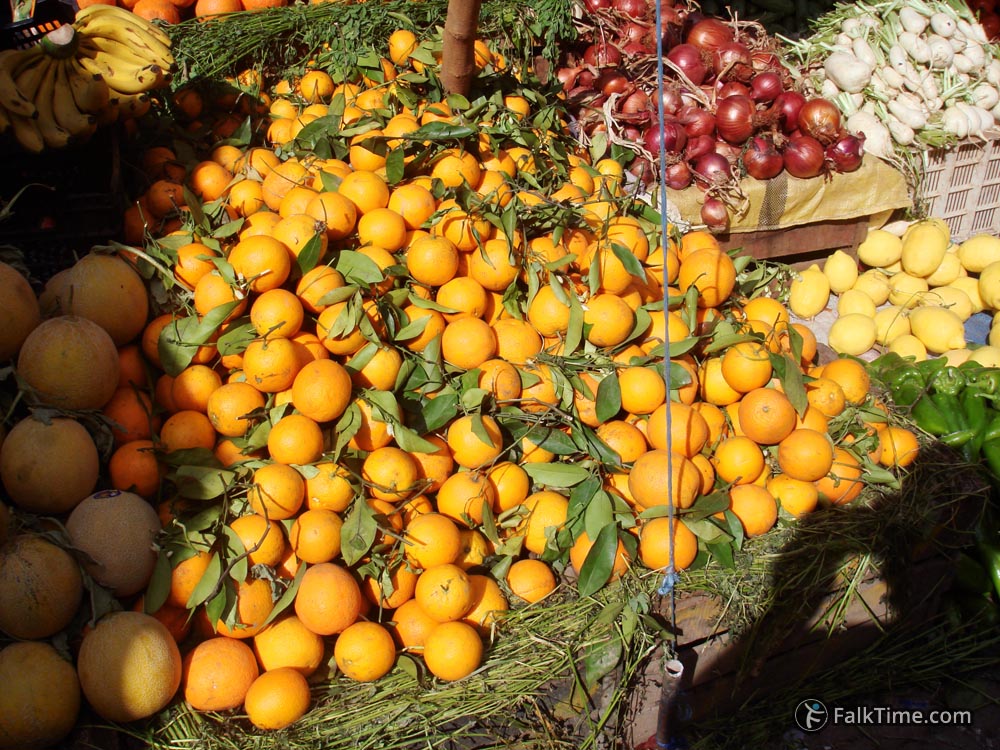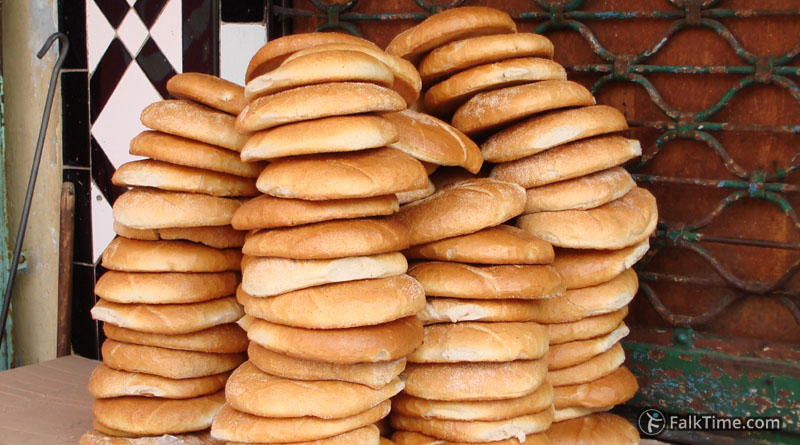Moroccan pastry, desserts and fruits
Khobz
(kesra or agroum)
Traditional Moroccan white wheat bread. You can see it on the 1st picture of this article. Khobz has a disc shape, it’s height is between 1,5 and 3 cm. Moroccans like to bake khobz by themselves – the recipe is easy.
Khobz should be baked everyday – there’s no possibility to bake some bread in advance –on the 2d day it becomes too stale. Moroccans use khobz as a garnish to main courses and serve it to almost any meal. It is very convenient to collect the remains of sauce with bread.
Batbout
(mkhamer, toghrift, matlou)
A portional hollow flatbread. Kind of pita bread. Can be filled with different tasty things.
Beghrir
(baghrir)
Spongy pancakes with numerous holes. Beghrir are fried only from one side. They are one of traditional dishes that are served for iftar (a breakfast after sunset during Ramadan).
Rgaif or msemen
(rghayef, m’semen, msemmen, meloui)
Fried layered flatbreads (or pancakes, something between these 2 types). Served with honey.
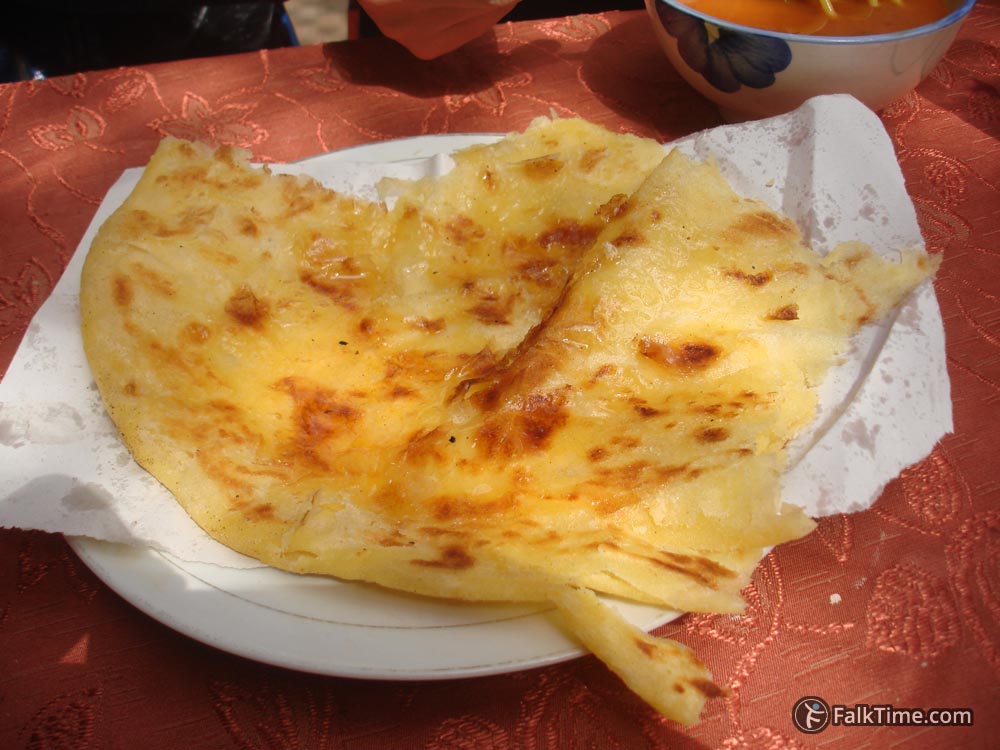
Warqa dough
Paper thin layered dough. It is even more crispy than filo dough. Warqa is used in many recipes of Moroccan pastry, f.e. in:
- Pastilla pie;
- Mhancha (m’hancha, m’hanncha, mhansha) – spiral snakelike pies that are more often baked than fried. Mhanncha is filled with almond paste;
- Briouat (briouate, briwat) – triangles with a variety of fillings. From savory fillings of chicken or tuna to sweet almond filling (in this case briouates are covered with syrup of honey and fleur d’orange water). Sometimes briouats can be cylinder shaped.
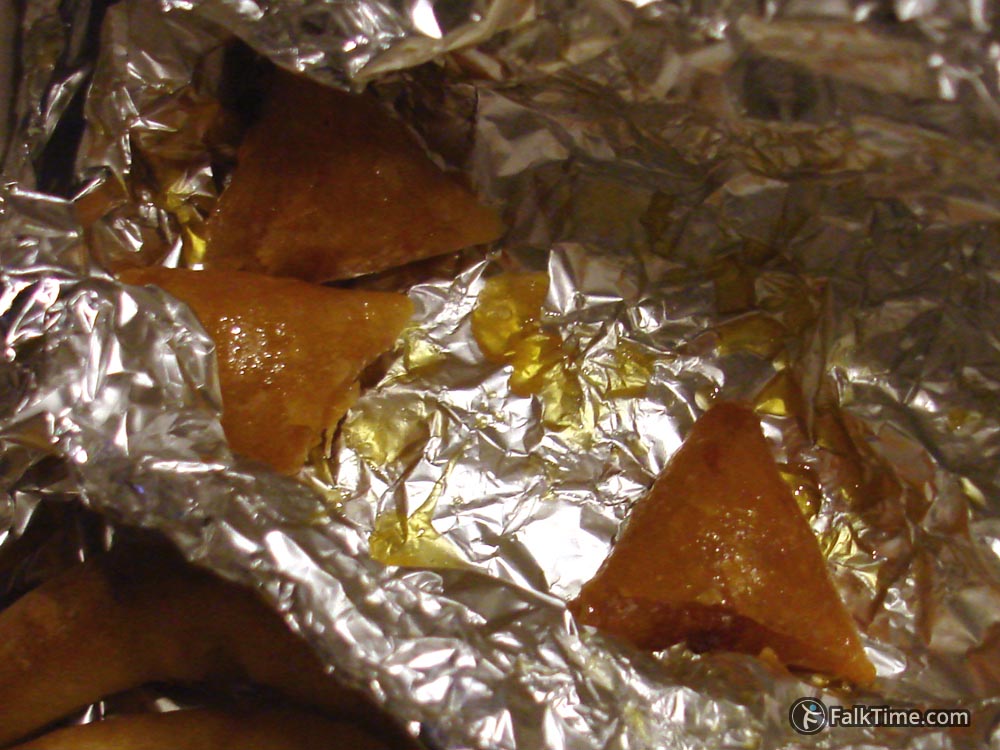
Pastilla
(bestila, bastila, bastilla, besteeya)
A pie made of warqa dough and sweet-salty filling of chicken, almond and spices, richly covered with powdered sugar and cinnamon. Also there are some (almost invisible) eggs in the filling. Years and centuries ago pastilla was made of squabs. Today squabs are hard to find so the people across Morocco use chicken or sometimes lamb instead of them.
More meat in the filling is considered to be a sign of respect. Proportions seriously affect the taste, because the meat layer is slightly salty and the layer of nuts is sweet.
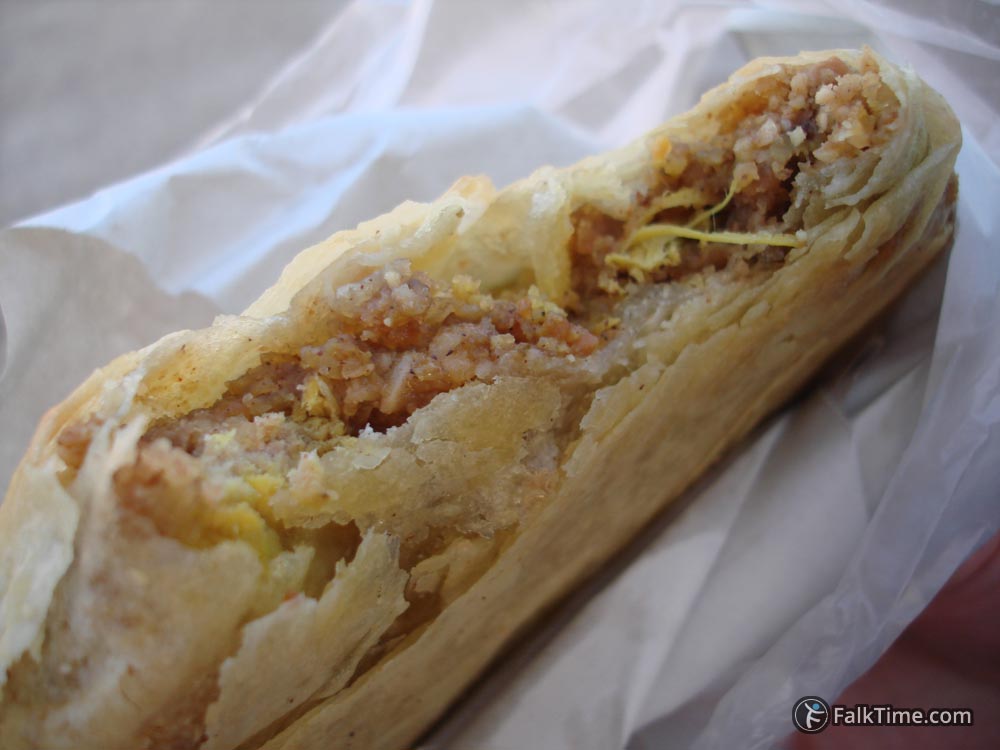
Also there are some regional differences – in the north of Morocco the lemon is added to the filling. In Tetouan you will find a savory pastilla with chicken and lemon (without almonds and sugar). In the south locals try to make their bestila sweeter.
Along the coastline you can order a pastilla with fish or seafood. In this case pies are baked without sugar and eggs. Some cooks add thin “angels hair” pasta to seafood bastilla. In Fez there is a special dessert pastilla – johara or pastilla with milk (pastilla au lait) – the filling consists of almonds, honey and milky cream.
Sfenj
(safanj)
Moroccan doughnuts.
Maakouda
Small tender fried pies with a mashed potato filling. ~5 cm in diameter. Even if maakouda look not pretty, they are definitely worth to taste: the spices that are added to the filling make them one of my favorite.
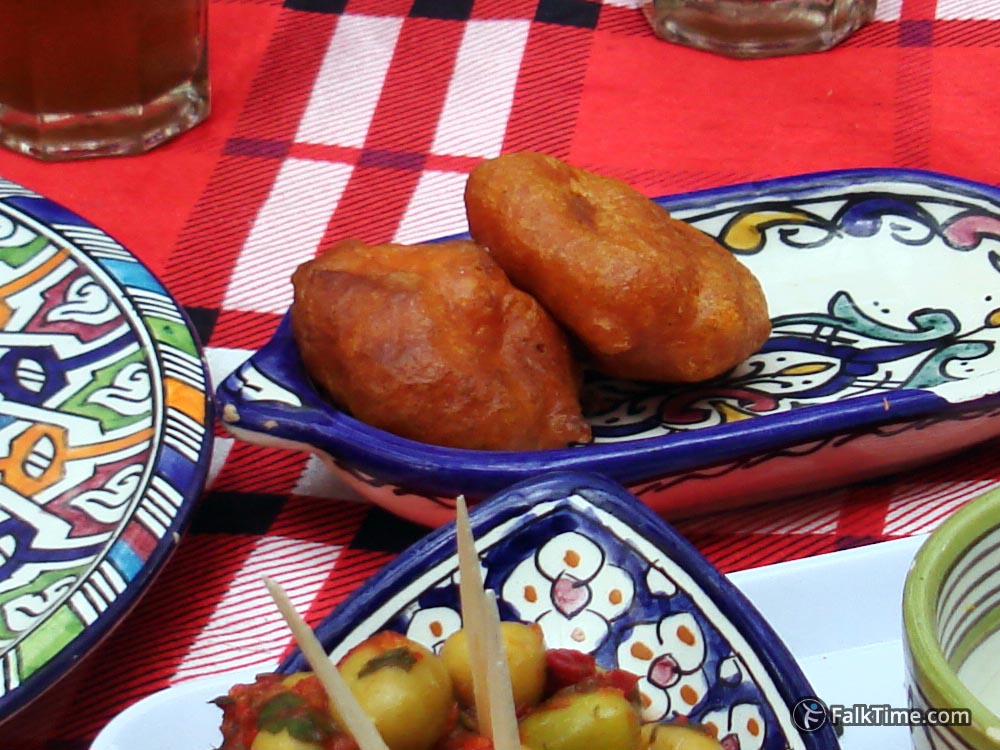
Mlewza or ghrieba
(ghrouiba, ghriebat el a’kda, ghrieba d’ellouz, bellouz)
Moroccan almond cookies that remind of macarons. Usually they are made of almond flour without adding any other type of flour.
Gazelle horns
(kaab l’ghzal, cornes de gazelle)
Crescent-shaped big cookies with the filling of almond paste. Somehow Arabic “kaab” (ankle) was translated as a “horn” and remained in most of the European languages.

Shebakia
(сhebakia, shebbakia, mkharka, griwech)
Fried “roses” made of dough. Shebakia is covered with syrup from honey and rose water and topped with sesame seeds.
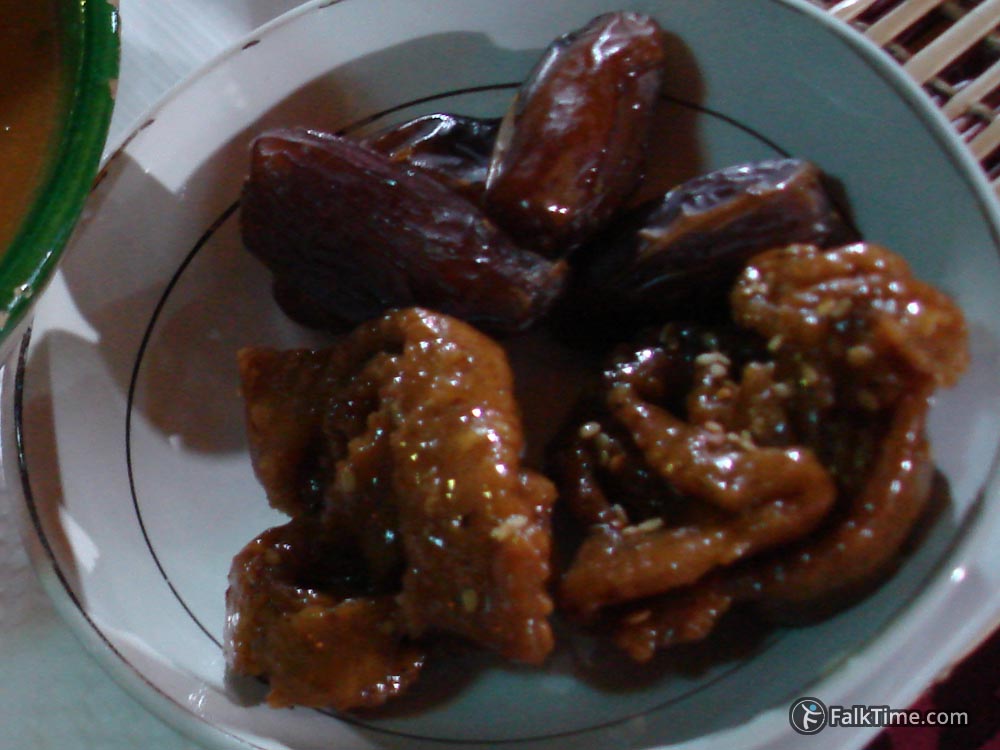
Nougat
Of different kinds and of different colours.
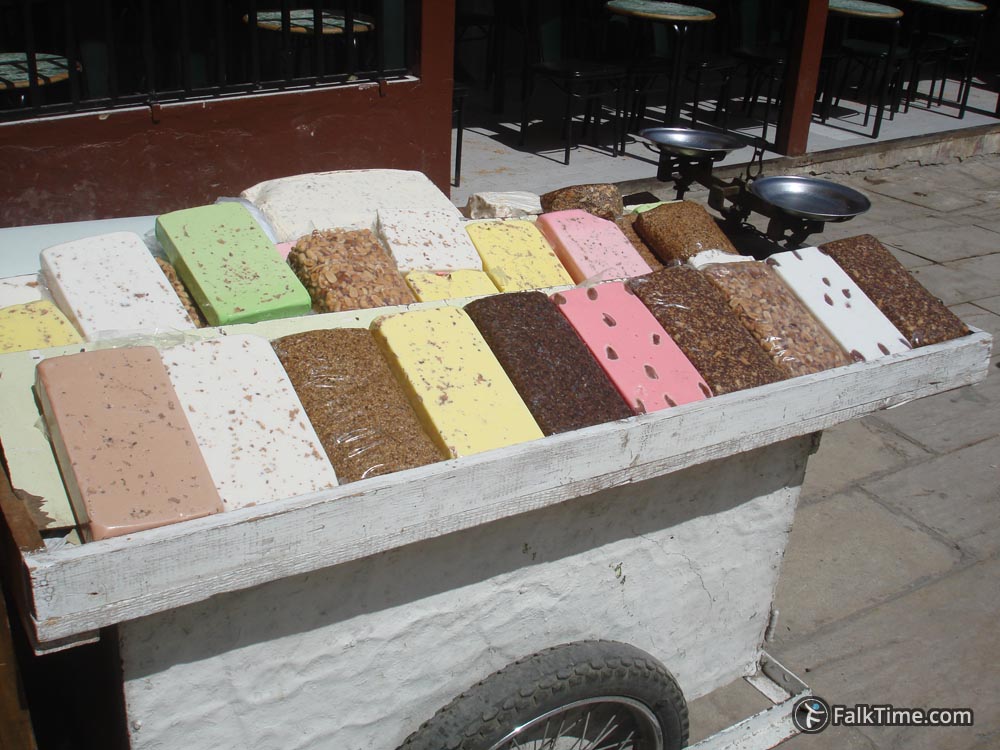
Fruits
Due to a big variety of climate zones farmers of Morocco have a possibility to produce numerous kinds of fruits: from subtropical bananas, dates and tangerines to plums and apples tha grow in a moderate climate zones.
One of types of dessert is a sliced orange topped with some grounded cinnamon. Pomegranate seeds can be also served this way.
